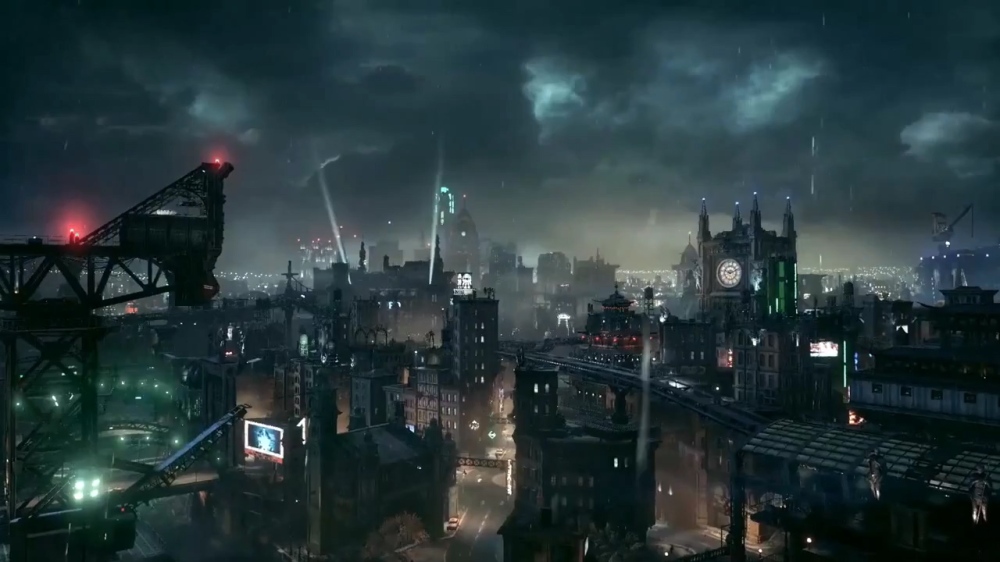Mr. McLuhan… How do we get to Gotham?
As 2016 consumers, people are asked to give their focus and interest away like currency. One no longer pays to see a movie with a few dollar bills and two hours on a Saturday. We are asked to re-watch and re-watch as thick plots become thinner and thinner. We mourn, celebrate, romanticize, and judge the characters we come to love through countless hours of not only watching them struggle and strive–but also through researching, investigating, and discussing the universes they live in.

Consider Batman. Countless spin-offs. Countless demises. Countless tales. From George Clooney to Michael Keaton, Batman is a beloved character who has found his way into American culture. But when we watch him jump out of a window to save Cat Woman, where are we? Because we certainly aren’t in a movie theater… but we are certainly not in Gotham.
McLuhan writes, “Our conventional response to all media, namely that it is how they are used that counts, is the numb stance of the technological idiot” (32). He argues that we cannot accept DC Comics’ story as the remarkable thing here. Rather, we ought to be amazed and almost suspicious of any medium’s ability to transport us without our consent or knowledge. In discussing books, he comments, “The ‘content’ of writing or print is speech, but the reader is almost entirely unaware either of print or speech” (32). When reading about rural Alabama in Harper Lee’s To Kill a Mockingbird, we must be comfortable with suddenly existing on an “in-between” street with a rabid dog and a mysterious alleged killer. How can we live safely and comfortably when we often don’t even know where we are?
W. J. T. Mitchell addresses this very concept in his work, Addressing Media. He comments on these elusive locations and argues that the real uncertainty and discomfort “arises when we try to determine the boundaries of the medium.” How can we figure out where these locations and roads intersect? When does one stop existing on their couch and begin existing in the middle of a war zone with GI Joe? Mitchell argues that no clear boundaries exist. “The medium does not lie between sender and receiver; it includes and constitutes them.” He asks again as does McLuhan, “What does it mean to go to the movies?”
At this point, who knows where Gotham is. It may be 15 minutes into an action sequence. Or exist within a screen. Or maybe even we–the viewers–are Gotham itself. Though this may be an overwhelming concept, it is important to remember as McLuhan does, that it may also be a dangerous one. For how can we exist with agency when mere pictures, writings, and other mediums seem to remove all choice… and take us where we never thought we could go?
Sources:
Marshall McLuhan, Understanding Media: The Extensions of Man, McGraw-Hill, New York, NY, 1964
W. J. T. Mitchell. “Addressing Media.” Media Tropes 1 (2008).
(Option #2)